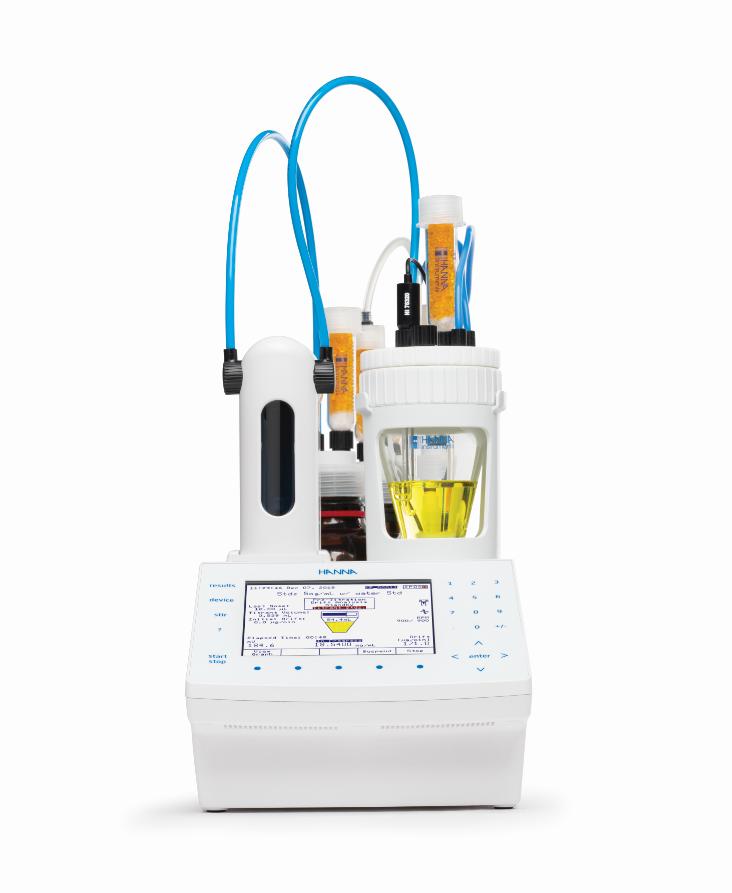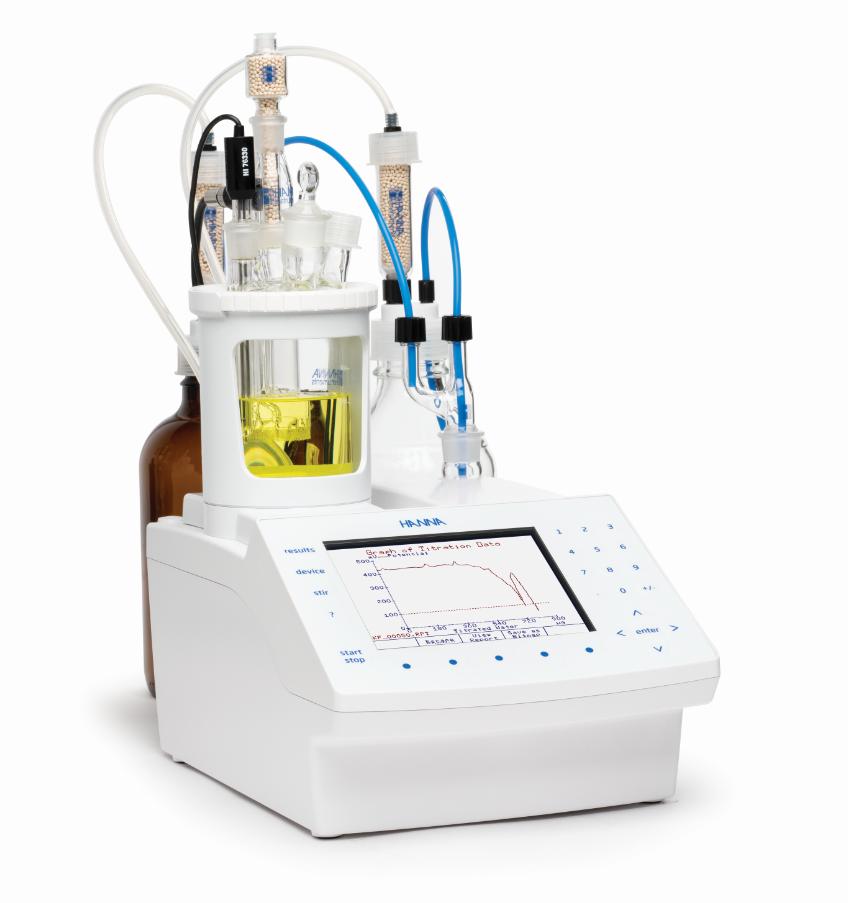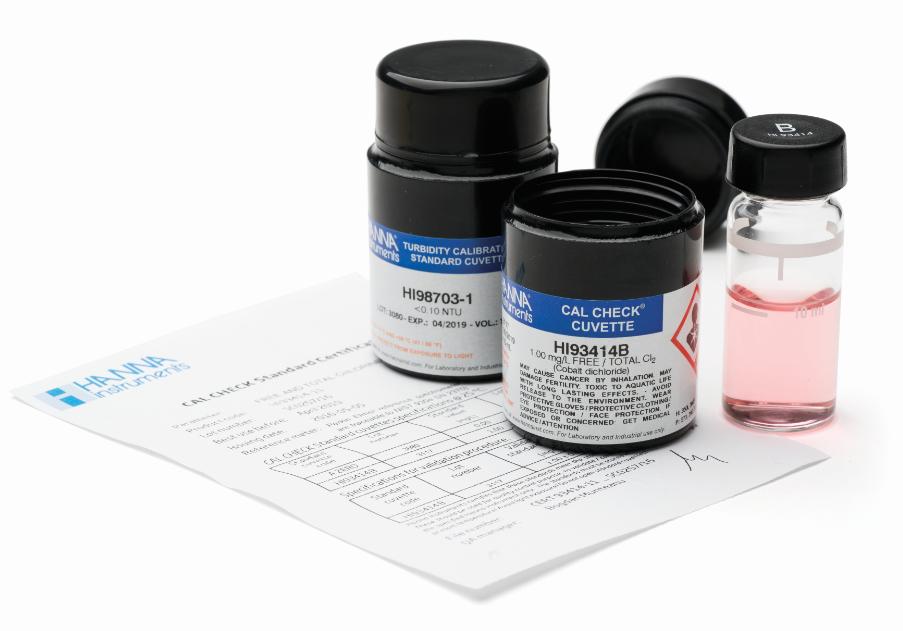Determining the moisture content of a substance is crucial across numerous industries.
In industries such as food and beverages, pharmaceuticals, cosmetics and agriculture, excessive or inadequate moisture levels can impact product stability, shelf life, texture, taste, and overall quality.
By accurately determining moisture content, manufactures can ensure that their products meet the desired specifications and maintain consistent quality.
Understanding the moisture levels in raw materials, intermediates, or final products helps in optimizing various production parameters such as drying times, blending ratios, mixing conditions, and packaging requirements.
It is important to note that moisture is not just water. While water refers specifically to molecules with the chemical formula H2O, moisture encompasses a broader range of substances that evaporate from a material upon heating. This includes solvents, flavorings, fats, and other compounds.
When measuring moisture content, it is crucial to consider three distinct types of moisture content:
- Surface moisture refers to the moisture that clings to the outer surface of a sample and is also known as hygroscopic, adhesive, or free water. It is relatively easier to remove compared to other types of moisture.
- Absorbed moisture, on the other hand, refers to the moisture that has been adsorbed into the pores and capillaries of the sample. It is often referred to as equilibrium moisture.
- Chemically bonded moisture describes the moisture molecules that are chemically attached to the sample at a molecular level. This type of moisture is the most challenging to eliminate.
Manual method for determining the amount of moisture in your sample:
- Begin by weighing an empty, clean, and dry container (such as a crucible) using a balance. Record the weight (W1).
- Weigh the container with the sample and record the weight (W2).
- Place the container with the sample in an oven set at an appropriate temperature. The temperature should be low enough to remove moisture effectively without causing other changes in the sample. Common temperatures range from 105 oC to 110 oC for most organic materials, but specific guidelines for your sample type may exist.
- Keep the sample in the oven for a sufficient period to ensure complete drying. The drying time varies depending on the sample size, moisture content, and the drying temperature. It is generally recommended to dry the sample until the weight change becomes constant, indicating that no further moisture is being lost. This typically may take several hours.
- After drying, remove the container from the oven and allow it to cool in a desiccator to prevent moisture absorption from the atmosphere. Once it reaches room temperature, weigh the container with the dried sample and record the weight (W3).
- Calculate the moisture content using the following formula:


W1 = Weight of the empty container
W2 = Weight of the container with the sample before drying
W3 = Weight of the container with the sample after drying
Now, you don't have to worry anymore !
Everything is simpler with Hanna Instruments automatic moisture meters.
HI933-02
Volumetric Karl Fischer Titrator
Introducing our advanced Volumetric Karl Fischer Titrator, designed to meet the precise water content determination need of scientists and professionals. With a wide measurement range from 0.01% to 100 %, this next-generation titrator surpasses your technical requirements while ensuring cost-effectiveness. Its compact design incorporates cutting-edge features, saving valuable lab space while delivering accurate results. Achieve precise water content determination effortlessly with the simple push of a button. Designed for the modern lab, this Karl Fischer titrator is the perfect fit for your testing environment.
Meet the HI933 an automatic volumetric Karl Fischer titrator renowned for its exceptional accuracy, flexibility, and repeatability. This versatile instrument allows for titrations across various sample types and matrices, enabling users to achieve both high-speed analysis and reliable outcomes.


The main attributes of the HI933 titrator are:
- Small footprint, requires minimal bench space
- Casing made with strong, chemically resistant plastic
- Powerful built-in algorithms for termination criteria based on fixed mV endpoint or absolute/ relative drift
- Titrant standardization and sample analysis averaging
- Minimized water vapor entry with the Sealed Solvent System
- Balance interface for automatic weighing
- Support for 100 titration methods
- User-customizable reports
- Clearly displayed warning and error messages
HI934-02
Karl Fischer Coulometric Titrator
For scientists and professionals who need exact water content determination from 1 ppm to 5%, our new generation of the Coulometric Karl Fischer Titrator is engineered to meet or exceed your technical requirements while delivering a lower cost of ownership.
With cutting-edge features packed into a compact design, this titrator delivers accurate results and requires less space in the lab.
Get accurate water content determination at the push of a button. Designed for the modern lab, this Karl Fischer titrator is the perfect fit for your testing environment.
The main attributes of the HI934 titrator are:
- Dynamic Titrant Dosing
- Drift Rate Compensation
- Titration Results Averaging
- Selectable Endpoint Criteria
- Multistage Cell Preparation
- Titration System
- Precision Iodine Generation
- Chemically Resistant Titration Vessel and Tubing
- Sealed Solvent System
- Molecular Sieve Desiccant
- Digital Built-in Stirrer
- Detailed Titration Graphs
- Interactive Color Display
- Simple and Quick Navigation
- Titrator Data & Reporting
- Customizable Titration Reports
- Flexible GLP Management
- Effortless Data Transfer
- Methods of Analysis
- Customizable Methods
Our technical experts can program and customize standard methods developed by such affiliations as ISO, ASTM, AOAC, AOCS, EPA, and more directly onto your titrator.
Ask our Sales Consultants which standard methods are possible with our HI934 Karl Fischer system.
Have questions?
Contact a Hanna Technical Specialist at info@hannaservice.eu or using our contact form.
SOURCES:
Suzanne Nielsen: Determination of Moisture Content, March 2010. DOI:10.1007/978-1-4419-1463-7_3









